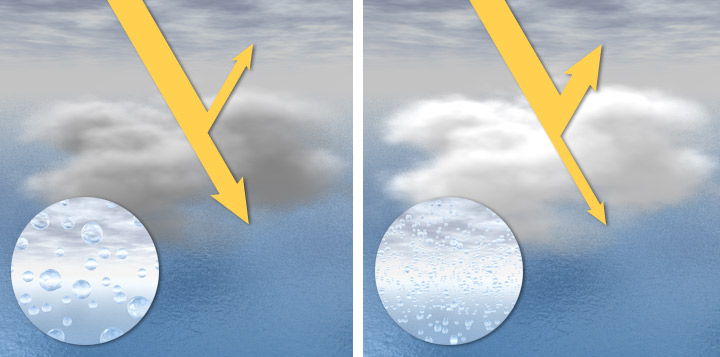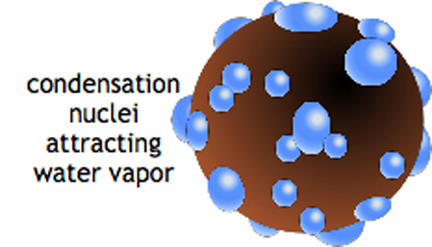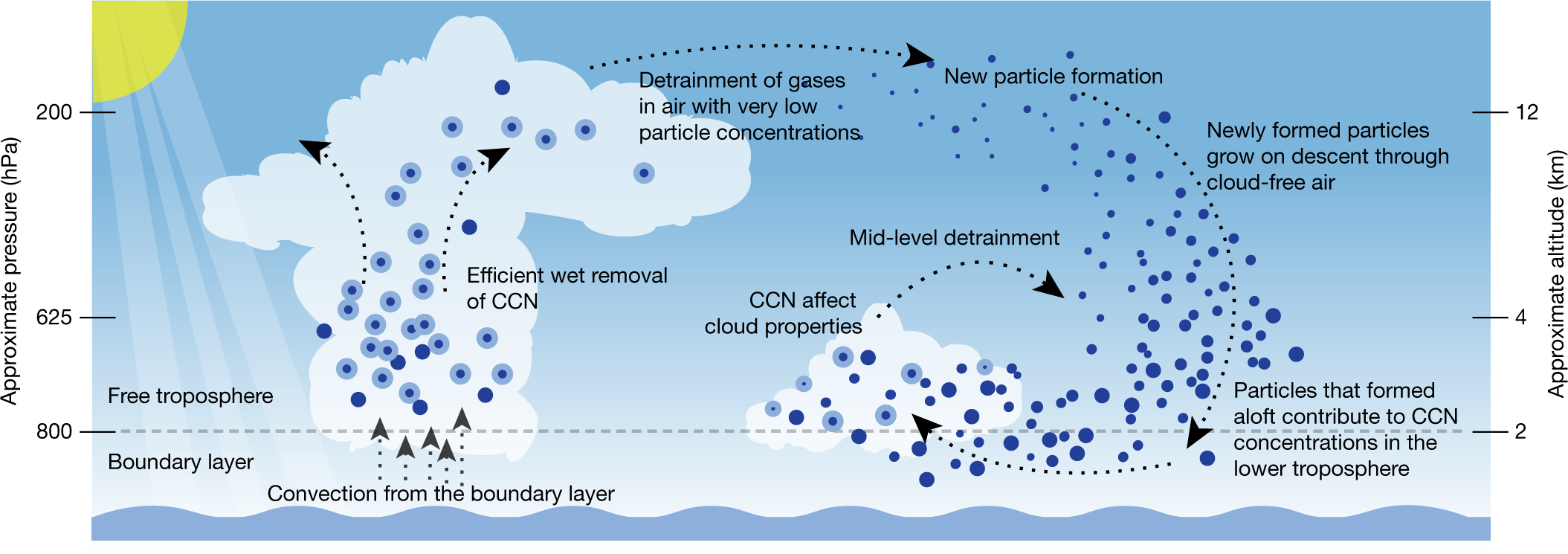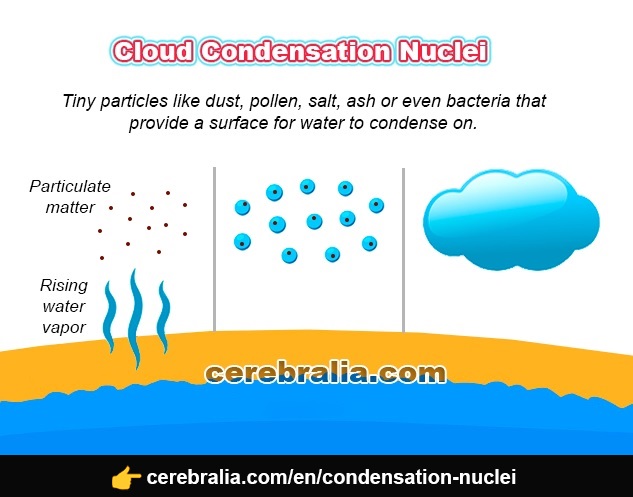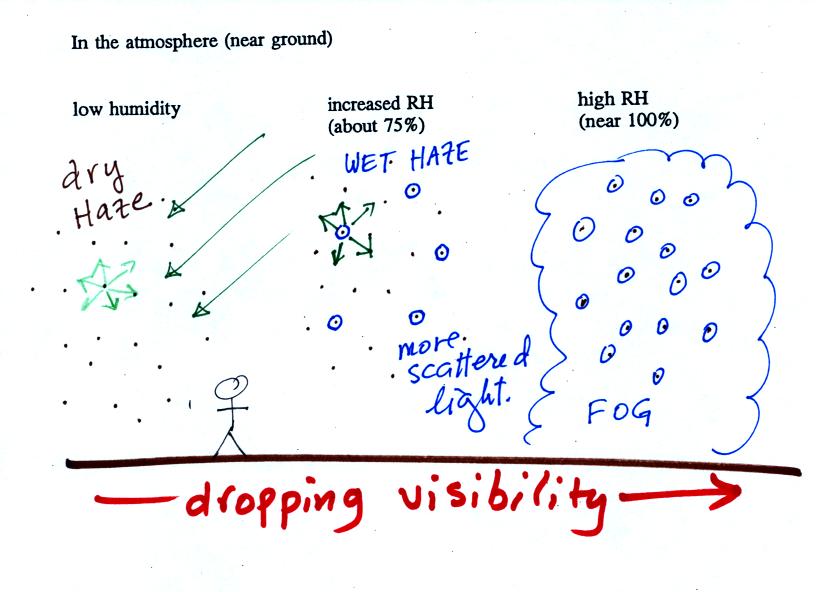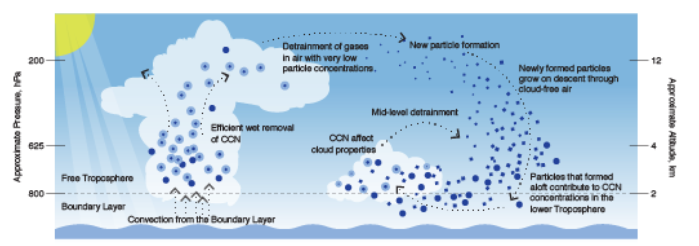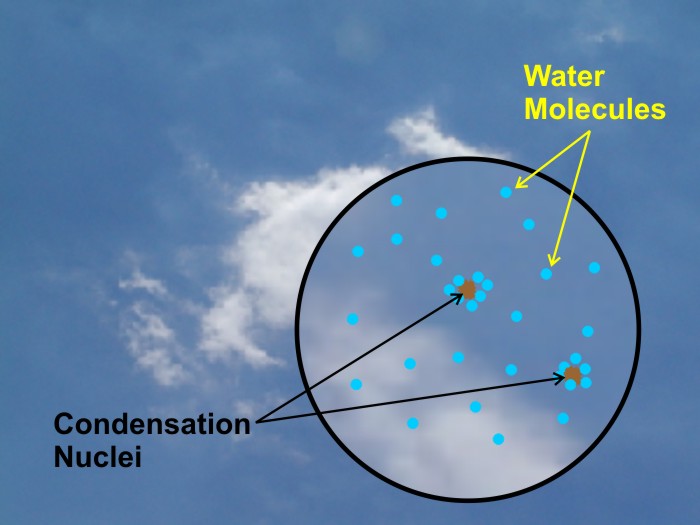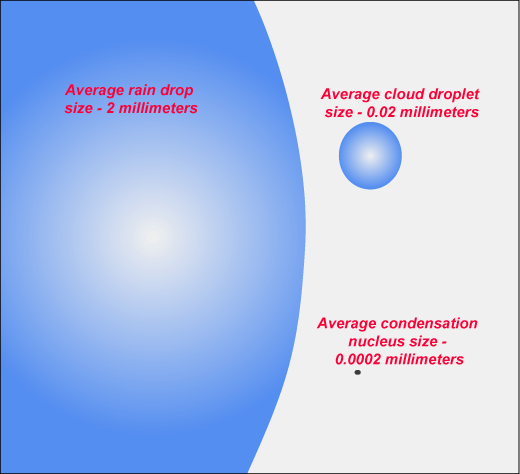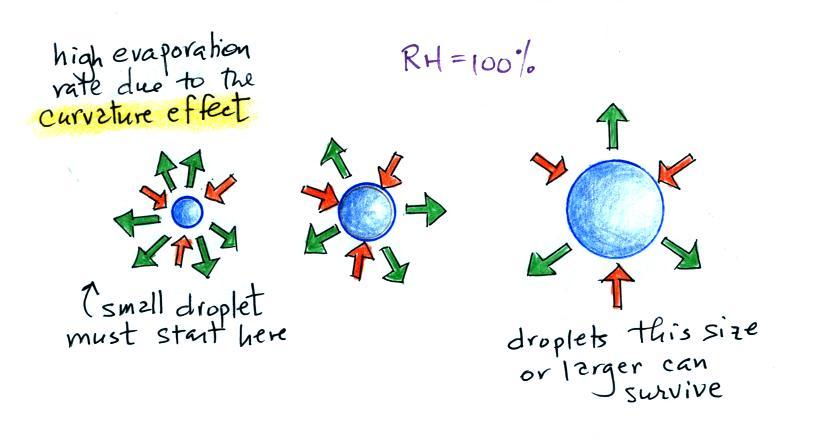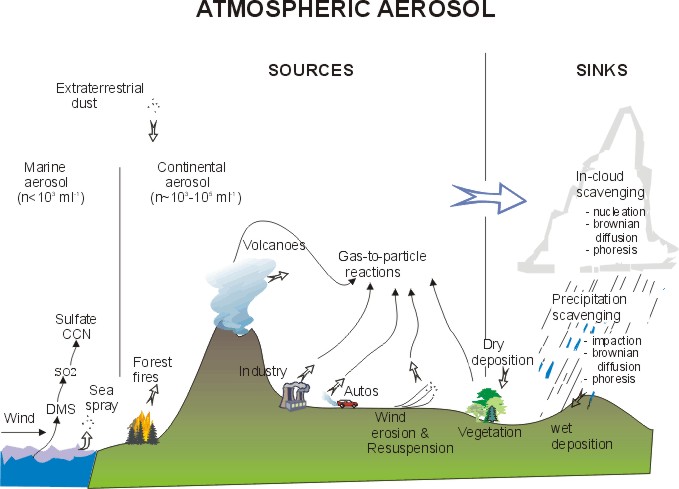
4.6 Where do cloud condensation nuclei (CCN) come from? | METEO 300: Fundamentals of Atmospheric Science

Particle Liquid Water Content and Aerosol Acidity Acting as Indicators of Aerosol Activation Changes in Cloud Condensation Nuclei (CCN) during Pollution Eruption in Guangzhou of South China - Aerosol and Air Quality
Different aerosol types contribute to cloud condensation nuclei (CCN)... | Download Scientific Diagram


